Name: Ben Moon
What is your role on Council, what does it involve and what do you enjoy about it?
I am one of three editors of the monograph series. We’re in change of seeing the monographs all the way from authors submitting a new manuscript, through sending that to an expert palaeontologist to review, dealing with comments and changes from the reviewers and authors, then the actual editing and transformation into a document that can then be sent out for typesetting to make the final PDF and printed versions. There’s a lot of organization and communication between different people involved and attention to detail when it comes to editing the manuscript. Perhaps surprisingly, I enjoy this last part and the whole process of going from an unformatted file to the beautiful final version; this was one of the reasons I wanted to become an editor. I also like feeling a part of the society and having the tangible impact of helping to produce monographs and contributing to the society’s purpose, and palaeontology beyond that.
What is your day job and what does it involve?
Currently, I’m a postdoctoral researcher at the University of Bristol. I specialize in the evolution of marine reptiles, including dolphin-like ichthyosaurs and four-flippered plesiosaurs. A lot of my research is collecting different data types — the shapes of bones and body parts, where and when fossils are found — and using these to work out how these groups changed in their diversity, ecology, habitat, feeding, and other features. While I get to see lots of fossils, most of the time I’m using computers to organize, analyse, and visualize all this data to understand what went on in the history of life. As I’m coming to the end of my current position, more of my time is now being spent with writing funding proposals and searching for my next job.

What is your favourite PalSoc monograph and why?
I have a vested interest as I’m coauthor on the monograph Ichthyosaurs of the British Middle and Upper Jurassic with Angela Kirton (issues 647 and 650). That aside, my favourite is Richard Owen’s A monograph on the fossil Reptilia of the Liassic Formations, published from 1859 to 1881. It’s a supreme synopsis on the state of Jurassic marine reptile taxonomy — as sorted and determined by the master comparative anatomist of the day — at the end of the ‘first rush’ and before myriad new discoveries of the 20th century. The detailed engravings make it still an excellent resource today and many of the specimens described are on display in the Natural History Museum and elsewhere around the UK.
Do you have a favourite fossil or fossil display in a museum?
That’s a tricky one: I enjoy exhibits that keep the ‘old style’ wooden cabinets because of their historical look, and more modern ones that have lifelike poses and multimedia. The fossil and fossil display that I think is most impactful, and I remember the best, is the enormous fossil log-raft in the Urweltmuseum Hauff in Holzmaden, Germany. This is from the exceptionally-preserved Posidonienschiefer deposit, and is a 10-m long fossil with a massive tree trunk that had fallen and been taken out to sea where hundreds of sea creatures attached to it and used it as their home. Some of the crinoids attached are many metres long and their stems are all tangled like spaghetti. It’s very rare that you get such a lucid snapshot of a past ecosystem like that.
